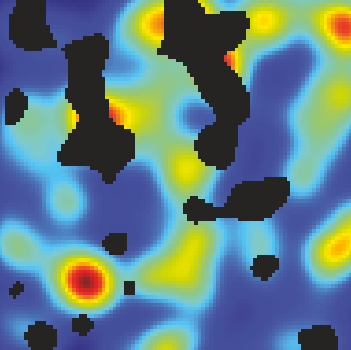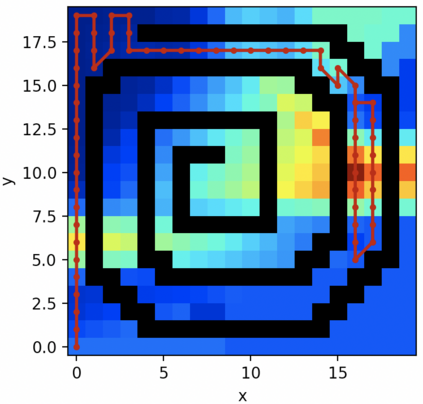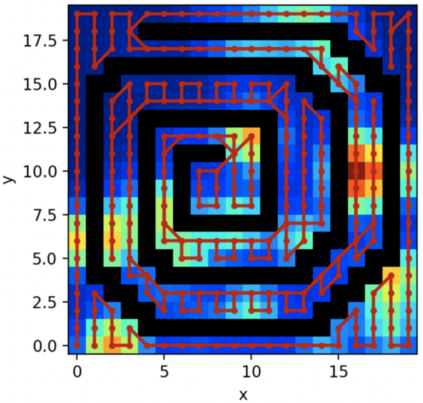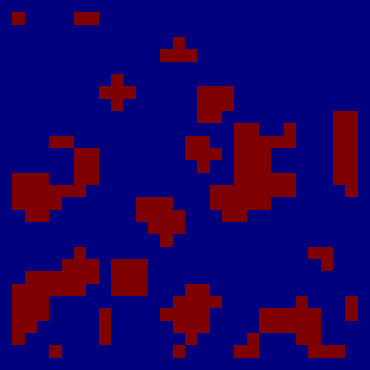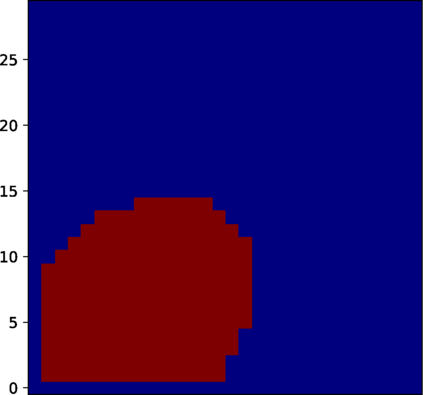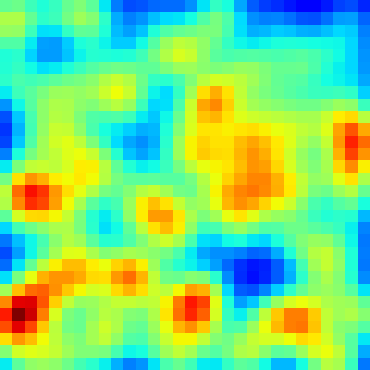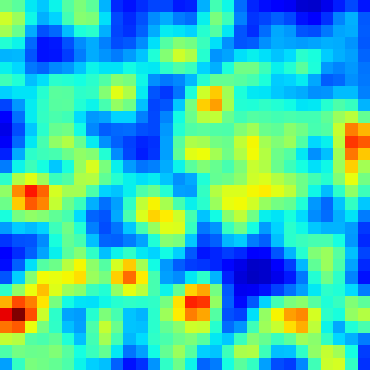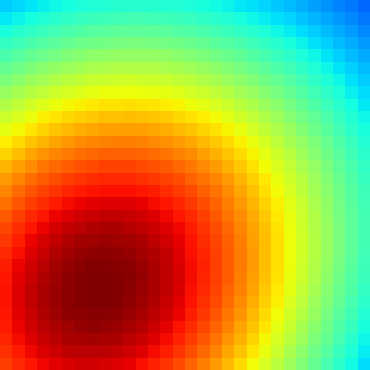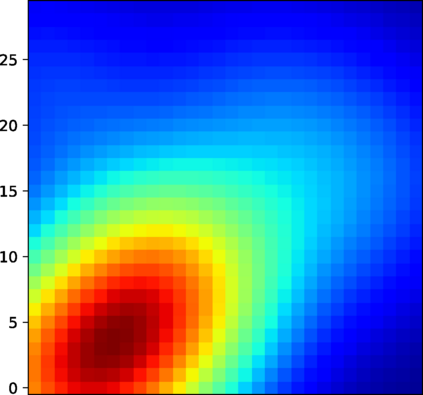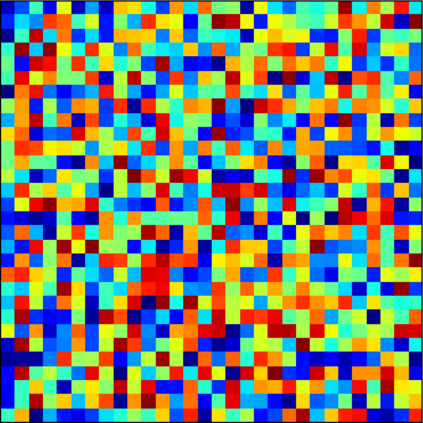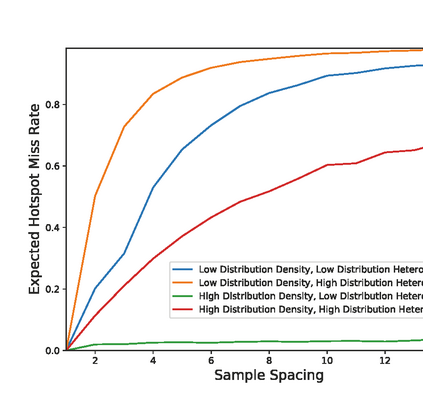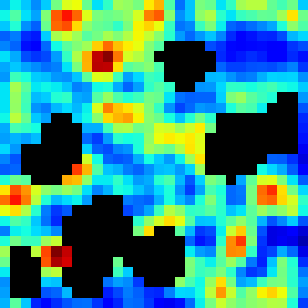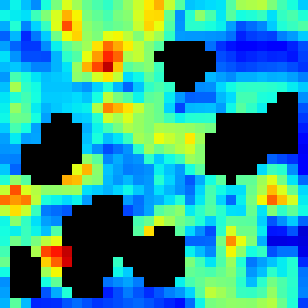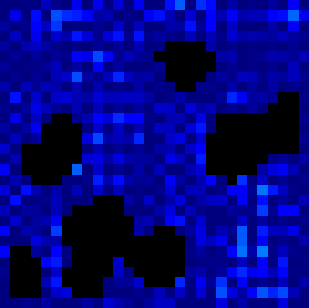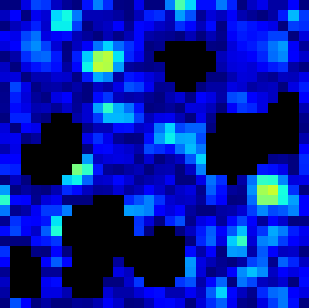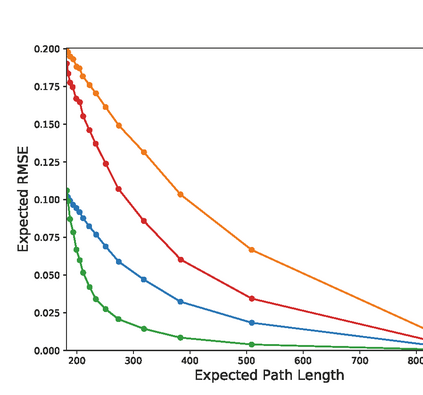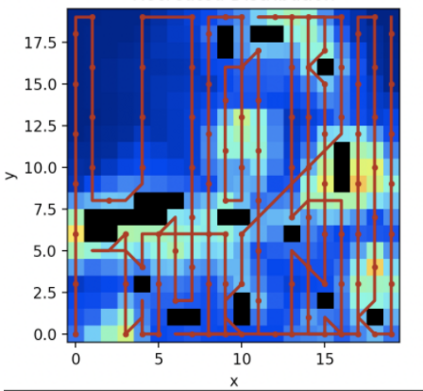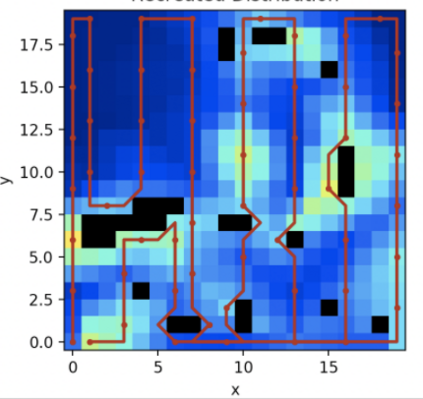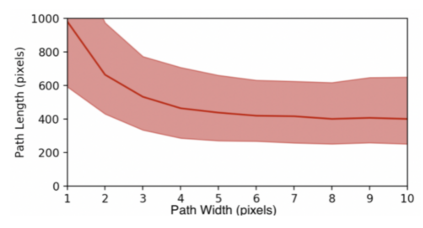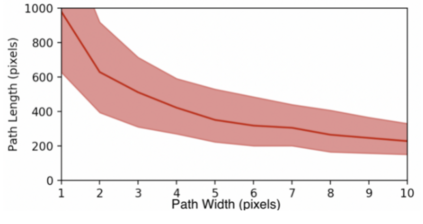The automation of data collection via mobile robots holds promise for increasing the efficacy of environmental investigations, but requires the system to autonomously determine how to sample the environment while avoiding obstacles. Existing methods such as the boustrophedon decomposition algorithm enable complete coverage of the environment to a specified resolution, yet in many cases sampling at the resolution of the distribution would yield long paths with an infeasible number of measurements. Downsampling these paths can result in feasible plans at the expense of distribution estimation accuracy. This work explores this tradeoff between distribution accuracy and path length for the boustrophedon decomposition algorithm. We quantify algorithm performance by computing metrics for accuracy and path length in a Monte-Carlo simulation across a distribution of environments. We highlight conditions where one objective should be prioritized over the other and propose a modification to the algorithm to improve its effectiveness by sampling more uniformly. These results demonstrate how intelligent deployment of the boustrophedon algorithm can effectively guide autonomous environmental sampling.
翻译:通过移动机器人收集数据的自动化有可能提高环境调查的效率,但要求系统自主地决定如何在避免障碍的同时对环境进行取样。现有的方法,例如Bousristedon分解算法,能够将环境完全覆盖到特定分辨率,但在许多情况下,在分配的解析法中取样会产生长途路,而测量数量则不可行。减少这些路径可以产生可行的计划,而牺牲分布估计的准确性。这项工作探索了分配准确性和路径长度之间的这一平衡,用于计算布谷营养分解算法。我们量化算法的性能,在蒙特卡罗模拟中计算出精确度和路径长度,以分布环境。我们强调一个目标应优先于另一个目标的条件,并提议修改算法,以便更一致地取样,提高算法的有效性。这些结果表明,如何明智地运用布谷算法来有效指导自主的环境取样。

